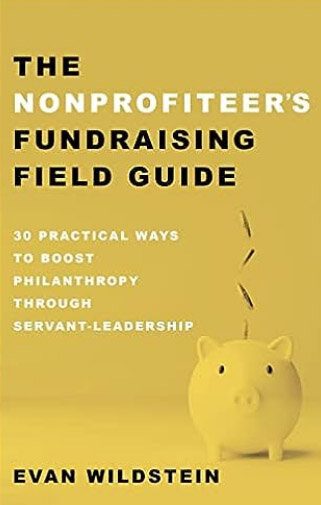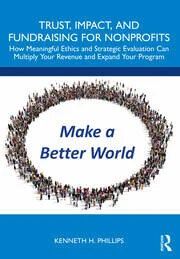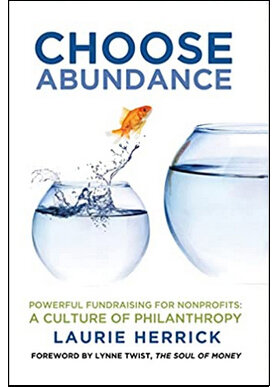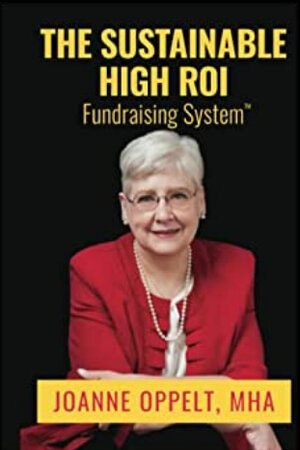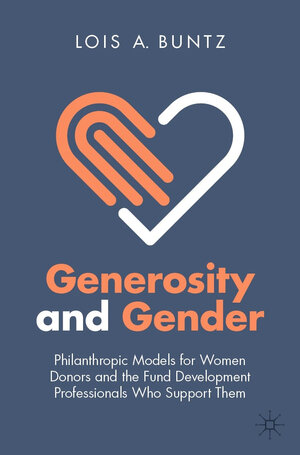The Nonprofiteer’s Fundraising Field Guide: 30 Practical Ways to Boost Philanthropy Through Servant-Leadership
As a fundraiser, I’m always on the lookout for new tools that will improve my engagement with the donors I steward and increase the revenue I raise. Sometimes, this means doing a deep dive into a specific fundraising niche with which I have little familiarity. Other times, what I really need is information at my fingertips, offered as quickly and accessibly as possible.
If you’re looking for the latter, Evan Wildstein’s The Nonprofiteers Fundraising Field Guide: 30 Practical Ways to Boost Philanthropy Through Servant-Leadership may be a good place to start. Clocking in at less than 75 pages not including appendices, the book provides a resource for fundraisers that may offer easy and, most importantly, quick inspiration whenever and wherever they may need it.
Wildstein is upfront about not seeking to plumb great depths and is equally explicit about the fact that he is building on the work of others, pointing readers to where they can find more in-depth coverage of some of the concepts he covers if they are interested in learning more. The most important of these concepts—and the framework through which this short guide is presented—is “servant-leadership,” a movement begun by Robert Greenleaf in the 1950s. In six pages, Wildstein presents a primer for the uninitiated; in Greenleaf’s own original words, the philosophy is simply that “[t]rue leadership emerges from those whose primary motivation is a deep desire to serve others.” It’s an idea equally simple in conceit and difficult in execution. Wildstein does well to anticipate the places where readers may struggle to understand what is, ultimately, the core thesis of his book: most notably, that we tend not to assign leadership qualities to people who spend most of their time working in service in others—those we usually think of as followers rather than leaders.
This disconnect, Wildstein writes, comes from a misunderstanding of what those two words mean. What does leadership really look like, and who can do it? And what about acts of service?
...the framework through which this short guide is presented—is “servant-leadership,” a movement begun by Robert Greenleaf in the 1950s. In six pages, Wildstein presents a primer for the uninitiated; in Greenleaf’s own original words, the philosophy is simply that “[t]rue leadership emerges from those whose primary motivation is a deep desire to serve others.”
It is a mistake to believe that only those in positions of power and authority can lead, as is believing that they are incapable of serving others. Servant-leadership is built on 10 characteristics: listening, empathy, healing, persuasion, awareness, foresight, conceptualization, stewardship, commitment to the growth of people, and building community. Anyone, any fundraiser, can embody these characteristics, regardless of their station or job responsibilities, and the heart of the field guide is demonstrating how, using real-life examples.
“It begins with listening.” That’s the sentence that starts the book’s largest section, detailing how each of these characteristics, and a servant-leadership mindset as a whole, can contribute to more effective fundraising. With regards to listening, that means talking less to donors and giving them more space to speak themselves. Lean into silences and give pauses in conversation space to breathe.
Empathy, according to Wildstein, is about not making assumptions, particularly when it comes to the lived experiences of the donors you’re working with; on the flip side, colleagues who don’t work in development can and should be tapped to fill gaps in the experience and knowledge of fundraisers.
Healing may not be the most intuitive of the servant-leadership characteristics to apply to fundraising, but a lot of it is rooted in accountability, which is a core tenet of working with and managing donors. As a representative of a nonprofit, it is a fundraiser’s job to make right any mistakes the organization makes with their supporters and heal those relationships. Wildstein also notes the importance of healing the self—taking breaks and managing your schedule so you don’t burn out.
As a representative of a nonprofit, it is a fundraiser’s job to make right any mistakes the organization makes with their supporters and heal those relationships.
While the need for persuasion in nonprofit development spaces may seem like a no-brainer, through a servant-leadership lens, Wildstein puts much more emphasis on how to perform persuasion ethically. Avoid “poverty porn,” he argues, and present the people served by your organization in the brightest and most dignified light. And for donors, keep in mind that no one likes to be seen as a piggy bank; solicit not only money but their advice and guidance, and you may find your fundraising argument is much more persuasive.
The section on awareness focuses on being both present and realistic. In donor meetings, turn off all electronics and put them away; when soliciting gifts, be realistic about what you expect a donor to be capable of.
In light of the last few years of the COVID-19 pandemic, the section on foresight feels particularly pertinent. Wildstein encourages his readers to plan for the future through a “lens of reversibility,” which means making sure that any future plans can be backtracked if circumstances (a global pandemic, for example) necessitates it. This is especially important when it comes to projecting revenue and organizational growth. Overlapping with awareness, foresight also requires the acknowledgement that looking ahead is not easy to do on one’s own; again Wildstein encourages collaboration among colleagues and other experts to make sure that all potential avenues are covered.
Then there’s conceptualization: What does it look like to receive a donation? What is the whole process, from the start of identification of a new fundraising prospect to gift acknowledgment? Big-picture thinking is something worth investing in, and that should be reflected in the professional development opportunities available to fundraising staff. From a more basic perspective, fundraisers should consider how well they have conceptualized the donors they steward: Do you know their pronouns? Do you know how to pronounce their names?
As for stewardship, that is probably the most natural pairing of the servant-leadership characteristics with nonprofit development work. The information in this section should not be news to any fundraising professional, but the reminder is always appreciated. To steward donors well, one must accept that there is no one-size-fits-all approach to donor management, and innovation is a key part of making sure that donors engage with organizations in ways that keep them interested and feeling good about their philanthropy. A key part of that is providing compelling and relevant updates about the organization’s work and, specifically, how their money is being used.
Professional development has increasingly become a priority for many nonprofits, and Wildstein makes note of this in the section on the commitment to the growth of people. This commitment is also about growing the communities nonprofits serve by ensuring members of the community have a seat at the organization’s table.
And that leads to the last characteristic of servant-leadership: building community. Internally, fundraisers can do this by sharing information about gifts and grants with colleagues outside of development. At the organizational level, nonprofits can grow the communities they work in service of by coming together to share their knowledge and leverage their collective resources.
Ultimately, the guiding principles of servant-leadership should not sound all that new to anyone working in the nonprofit sector, particularly fundraisers and other development staff. But the framework itself will be fresh to many and may, by that very nature, inspire innovation. And after all, that’s what a field guide is supposed to do. The Nonprofiteer’s Fundraising Field Guide may not revolutionize the nonprofit sector, but for a handy piece of on-the-go tips, it does just fine.
Audrey Silverman is a fundraising professional working in the Jewish nonprofit sector.


